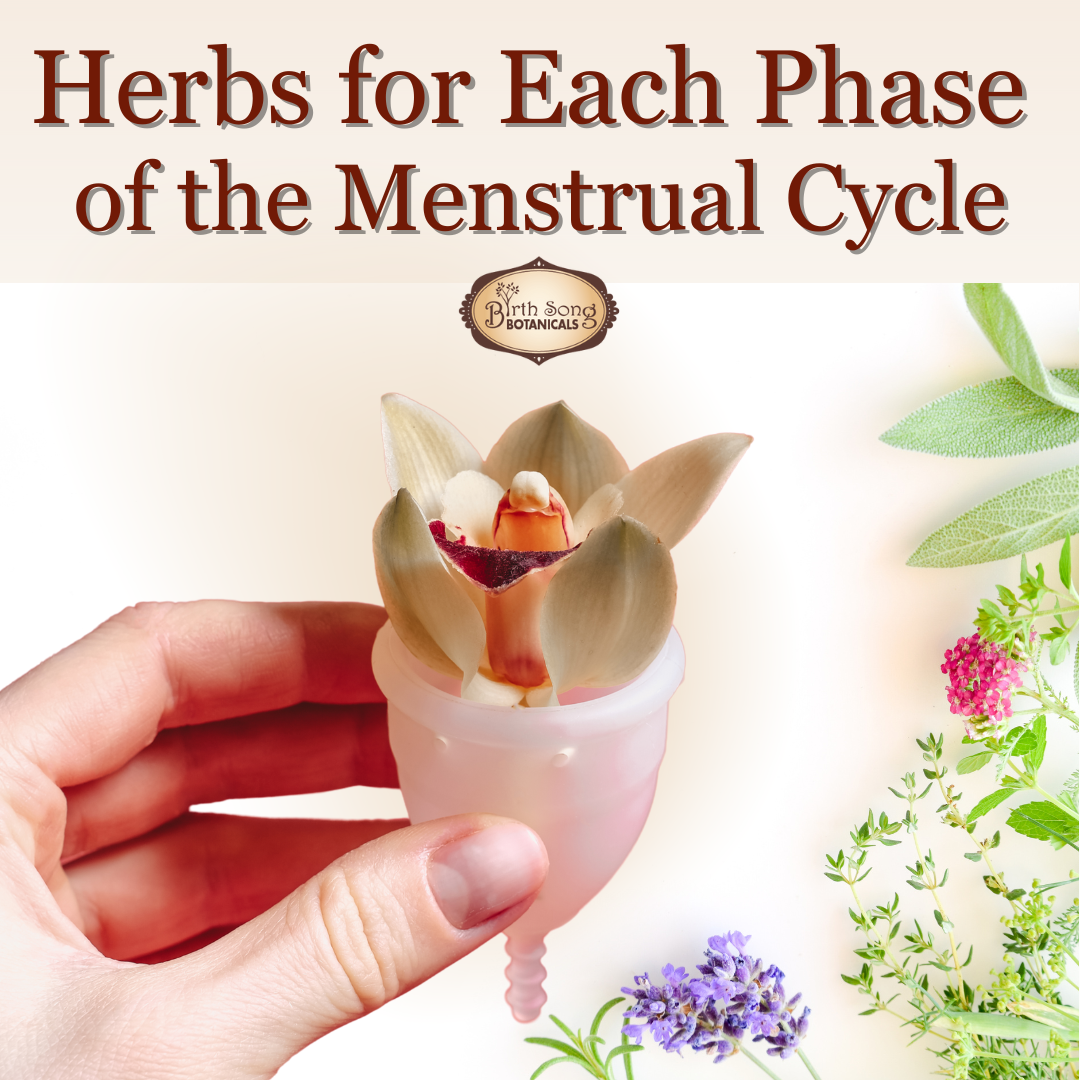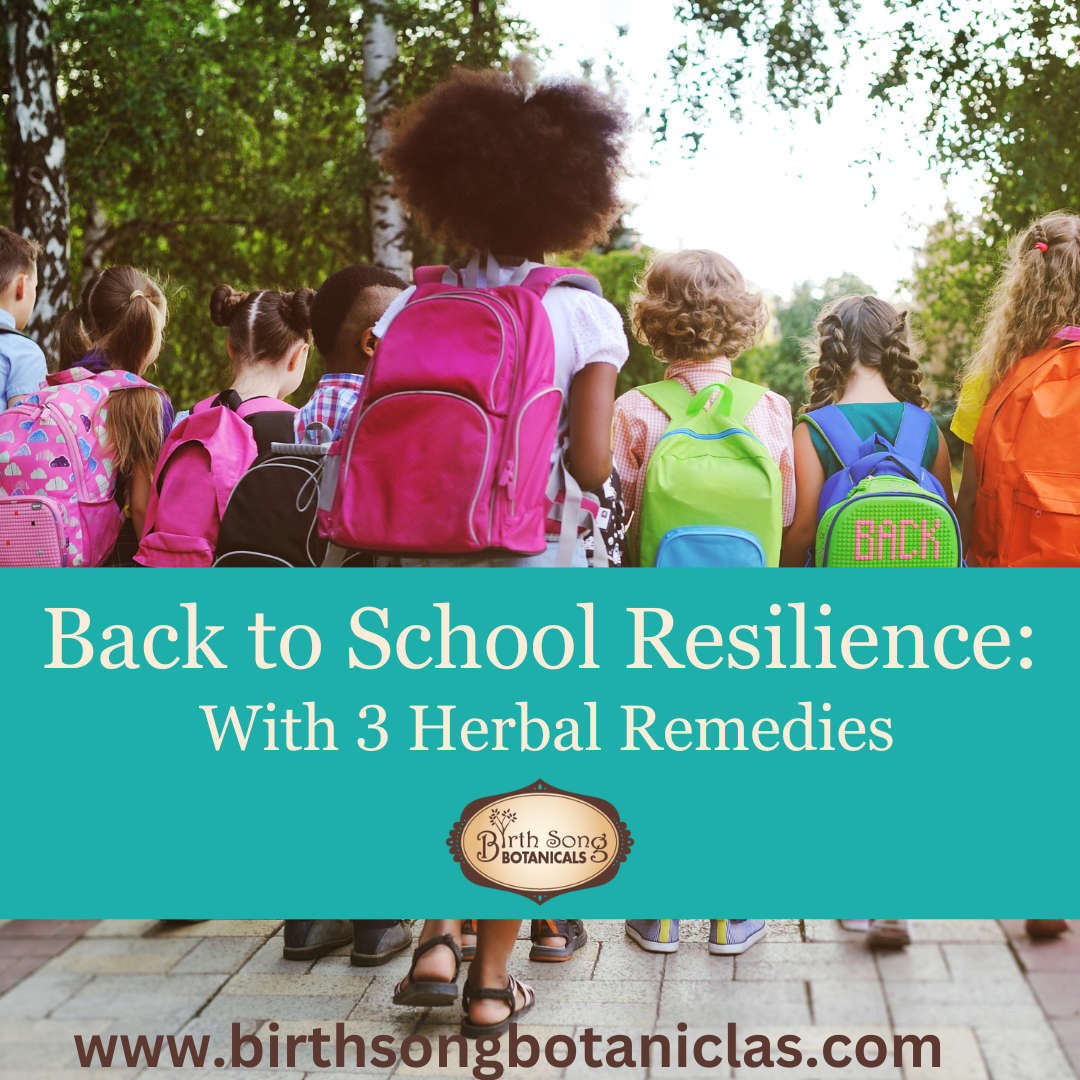Weaning Gently and Intuitively

Breastfeeding is an incredible journey. It not only nourishes your baby, but it bonds you in a way that is difficult to imagine before they are born. It’s challenging, sometimes painful, rewarding, peaceful, and beautiful. All good things do come to an end, though, and eventually it will be time to wean. When the end of your breastfeeding relationship is near, gathering some support, resources, and even a plan can help to make the transition toward weaning gently and intuitively for both of you.
How to Know it’s Time to Wean
Under normal circumstances, weaning often happens quite naturally as the little one becomes more interested in foods and being busy than in nursing. Around the world, this happens as late as age 5 or even a bit older, falling to an average of around two years old.
Here in the US, we tend to stop much sooner, sometimes within the first six months. This is in spite of the World Health Organization’s recommendation to breastfeed exclusively (nothing else) for six months and then continue onto two years old “and beyond.”
As a midwife and advocate for mama and baby relationships, I love to see a breastfeeding relationship thrive throughout baby and toddlerhood. Sometimes, circumstances dictate otherwise. No matter when you decide to wean, it really is a matter of honoring your body’s and your baby’s signs of readiness.
There are some misconceptions about breastfeeding and the need to wean. For example:
- You don’t necessarily need to wean when you become pregnant again. Healthy mothers breastfeed throughout pregnancy and into a “tandem nursing” relationship with their babies with no problem. If you have a specific health concern, check with your care provider.
- There is no point in which breastmilk loses its benefits for baby. Breastmilk is a dynamic substance that changes throughout the nursing relationship, but it never becomes obsolete. You don’t have to wean a toddler simply because they are arbitrarily "too old."
- “When they are old enough to ask...” then you can celebrate their ability to communicate their needs! Again, you don’t have to wean based on arbitrary ages and dates.
- Being sick while breastfeeding or taking medication are both highly specified circumstances. You don’t have to wean just because you are ill. Instead, take each step one at a time, check each medication, and talk with your doctor about potential alternatives if you wish to keep nursing as long as possible.
Weaning is highly personal and often emotional, so wait until you know in your heart that it is time. Don’t worry about what anyone else has to say.
Weaning Gently and Intuitively for Mama and Baby
When it’s time to wean, you’ll be taking another step in your breastfeeding journey. Just like all the rest of the steps you’ve taken, this one will depend on knowing your baby and yourself and honoring what the two of you need. There isn’t a one size fits all weaning plan. Still, there have been resources and wisdom compiled over generations, and some of it may help you and your little one.
Sleeping without Nursing
Bedtime with the non-breastfeeding parent is a good way to go, whenever feasible. Some mamas sleep in another room for a few days while papa takes the night shifts to help baby settle without the smell of breastmilk and mama frustrating them.
- The book “No Cry Sleep Solution” lays out ways to settle a baby back to sleep without breastfeeding.
- Older babies might understand a countdown or time limit that you can slowly decrease. “Nummies for 5 minutes tonight and then we can cuddle...”
- Night weaning is often the first step toward weaning. A mama who gets to sleep at night might find she is much more tolerant of nursing during the day. Be aware, though, that little ones do need nourishment at night for some time.
- (The littlest babies, under six months, still need those feedings to keep them full and growing. Trying to limit feedings at night in a young infant could be detrimental to their growth. Realistic sleep expectations can help you cope in the early months.)
- Toddlers may not stop long enough to eat or drink well during the day and then try to “catch up” at night. If you’re simply frustrated with the amount of nursing at night, consider whether a growth spurt or busy body is contributing to the all night snack bar effect.
Daytime Weaning
Like most toddler parenting techniques, redirection goes a long way. “Let’s do nursies later – right now, we can play with these blocks!” Putting some toys away to let them grow out of sight and out of mind can help when you need something fresh and exciting to keep them busy.
Sitting down, especially in your favorite nursing spots, remind baby of the habits you’ve built over the last few years. Staying busy outside, up and around, and away from those “nests” can help keep your little one from breastfeeding habitually.
Time with someone else who can help give loves and cuddles while you are present can help to show your little one that there are plenty of ways to be cared for without breastfeeding.
Weaning Gradually vs Cold Turkey
Both gradual weaning and cold turkey weaning are valid options. Again, you and your baby will have to be the judge of what’s best for you both.
Most of the suggestions so far have centered around gradual weaning. A distracted baby who has her needs met often tapers off without realizing what’s happening. But some kids just know better, and in those cases, all-or-nothing is the only way to go.
Some kids benefit from a “weaning party.” With plenty of notice, mama and baby count down to the big day. Then, the child is celebrated for becoming a big kid, and after that, they will be done breastfeeding.
Others might be anxious about all the fanfare, so slowly tapering off or stopping without much attention work better for them.
Either way, Weaning Time tea is an excellent companion. As your milk supply drops off, your child might naturally lose interest. Or, you might use it to stop your milk flow after sudden weaning to prevent engorgement.
Just like when you started breastfeeding, having the right supplies and the right support will help you along in so many ways. This is a new chapter in your journey into motherhood. Relish and celebrate it, no matter the circumstances. Your love can flow even when your milk does not!
I hope these tips support you as you complete your breastfeeding relationship.
Hug your sweet baby and enjoy your next chapter together!
Maria
🌿
🌿Want More?!? Check These Out! 🌿
Breastfeeding Immediately After Birth
7 Tips for Breastfeeding Success
The Ultimate Breastfeeding Guide
Breastfeeding 101- Best Breastfeeding Practices
Four Healthy Habits to Start on Your Baby’s First Day
8 Things I Wish I Knew About Breastfeeding Before Giving Birth!
How to Treat Clogged Milk Ducts and Prevent Mastitis.
Why Do I Have a Low Milk Supply?
How to Increase Your Breastmilk Supply Quickly
Treating Nipple Thrush Naturally
How to Heal Sore Nipples from Breastfeeding
How to Achieve A Proper Breastfeeding Latch
Herbs To Avoid While Breastfeeding
Benefits of Fenugreek for Breastfeeding
Safe Herbs for Breastfeeding With A Cold
Breastfeeding While Sick
The First Few Weeks of Breastfeeding
Best Baby Carriers for Breastfeeding
Four Common Breastfeeding Problems and Solutions
Three Lactation Problems and How to Solve Them
Three Breastfeeding Tips for New Moms
How to Include Your Partner While Breastfeeding
How Often Should I Breastfeed?
How to Wake a Sleepy Newborn to Breastfeed
Is My Baby Getting Enough Milk?
Normal Weight Gain for Breastfed Babies
4 Signs Your Baby is Having a Growth Spurt
Breastfeeding A Baby with Tongue or Lip Tie
Breastfeeding After a Cesarean Section
Breastfeeding in Special Circumstances
Breastfeeding with Flat or Inverted Nipples
Breastfeeding a Pre-Term Baby
Tandem Breastfeeding
Breastfeeding Twins
Do I Need A Breast Pump?
Pumping Breast Milk to Return to Work
Breastfeeding Nutrition
Healthy Snacks for Breastfeeding
How to Know If You’re Dehydrated While Nursing
Breastfeeding Boosts Babies' Immune Systems and Prevents Illness
Breastfeeding Saves Sleep
Safe Co Sleeping with Your Baby
Tips for Breastfeeding While Pregnant
Breastfeeding in Public
Breastfeeding and Sex
Breastfeeding and Birth Control
The Relationship Between Breastfeeding and Menstruation
When Will My Menstrual Cycle Return After Having a Baby
Five Benefits to Extended Breastfeeding
How Breastfeeding Changes As Baby Grows
Five Reasons to Breastfeed Your Baby After Six Months
Weaning Gently and Intuitively
Is CBD Oil Safe for Breastfeeding and Lactation?
Can I Drink Alcohol and Breastfeed?
How My Breastfeeding Failure Was My Biggest Win
Common Holiday Breastfeeding Issues and How to Prevent Them!
Re-Lactation and Induced Lactation: Breastfeeding After a Break or When You Never Have
Remember to:
Like our Birth Song Botanicals Facebook Page
Follow Birth Song Botanicals Co. on Instagram
Read our Birth Song Botanicals Blog
Watch Birth Song Botanicals on Youtube
Listen to Birth Song Botanicals on SoundCloud
Be inspired by Birth Song Botanicals on Pinterest









